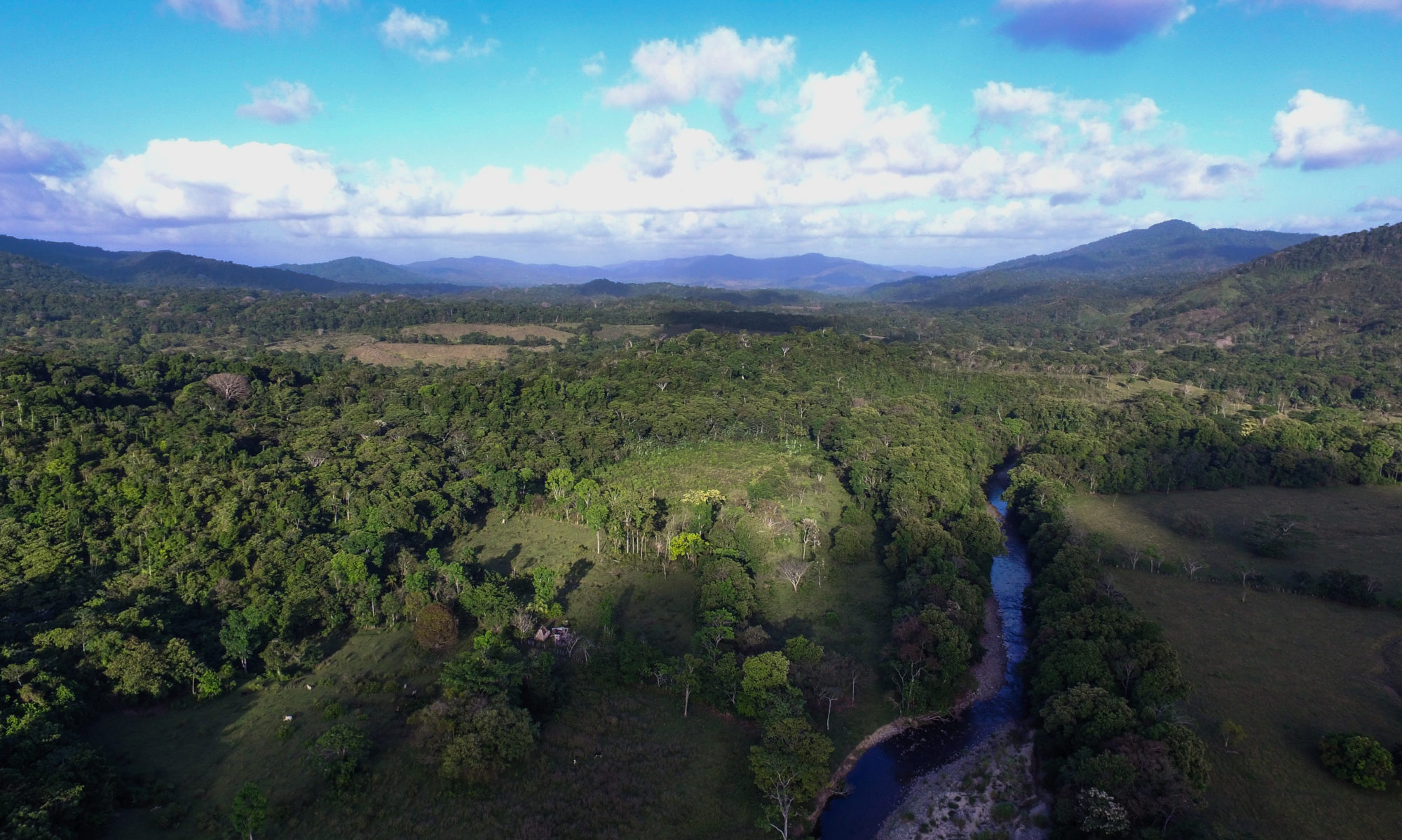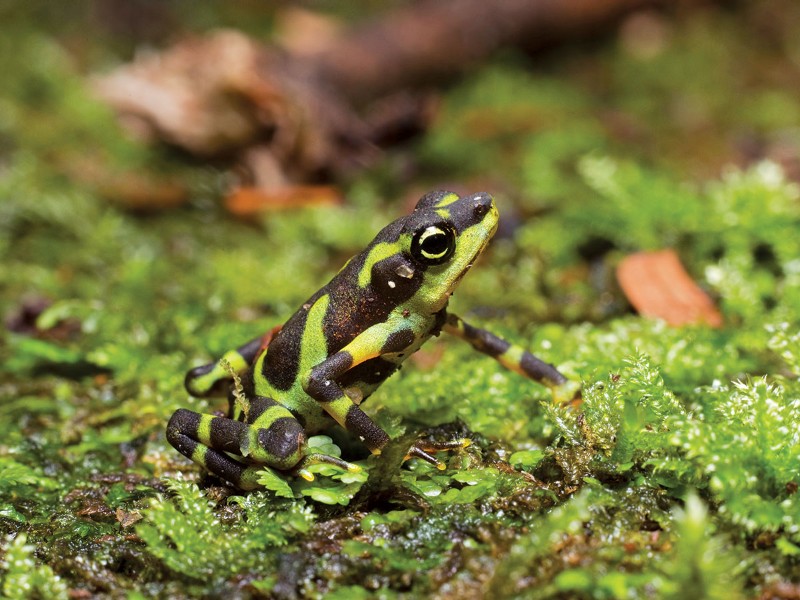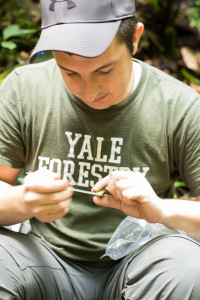Of all groups, the biodiversity crisis we’re currently going through has hit amphibians the hardest. Habitat destruction, environmental contamination and climate change are partly to blame, however the most important driver of extinction currently is a global amphibian pandemic caused by the fungus Batrachochytrium dendrobatidis (Bd).
Members of the Neotropical genus Atelopus are highly vulnerable to Bd infection and several are known to have become extinct. However, a seemingly thriving wild population of Harlequin toads (Atelopus limosus), and the subject of CREA’s research, is known to exist at the Cocobolo Nature Reserve in the Mamoni Valley Watershed, Eastern Panama, despite it being in the range of Bd. This population now provides hope for the genus and a unique opportunity for research and conservation awareness that could benefit conservation efforts worldwide.
Little is known of the natural history of many of these endangered amphibian taxa, which hampers field conservation efforts. Furthermore, as species are being rescued and bred in captivity that knowledge becomes vitally important if they are to be released back into the wild.
However, CREA is closing the knowledge gap by collecting data on A. limosus and other amphibians at Cocobolo which promise to provide, for the first time, insight into niche requirements of both A. limosus and Bd. Our work in the Cocobolo Nature Reserve in Panama is receiving global attention as demonstrated in two recent articles.
Furthermore, we intend to use this conservation challenge as a learning and awareness opportunity for the next generation of innovators and problem solvers. We will do this through the field based engagement of U.S. and local school students.
Collaborators
- Amphibian Survival Alliance (ASA)
- Roger Tory Peterson Institute of Natural History
- Smithsonian Tropical Research Institute
- University of Southern Illinois
Funders
Articles



